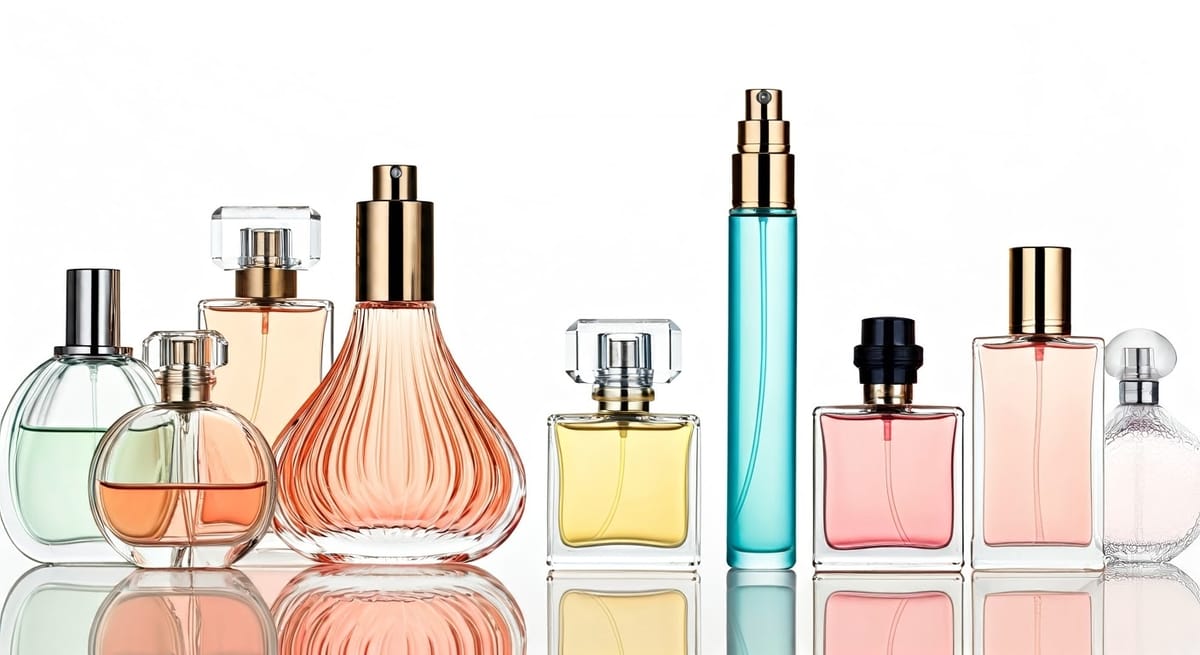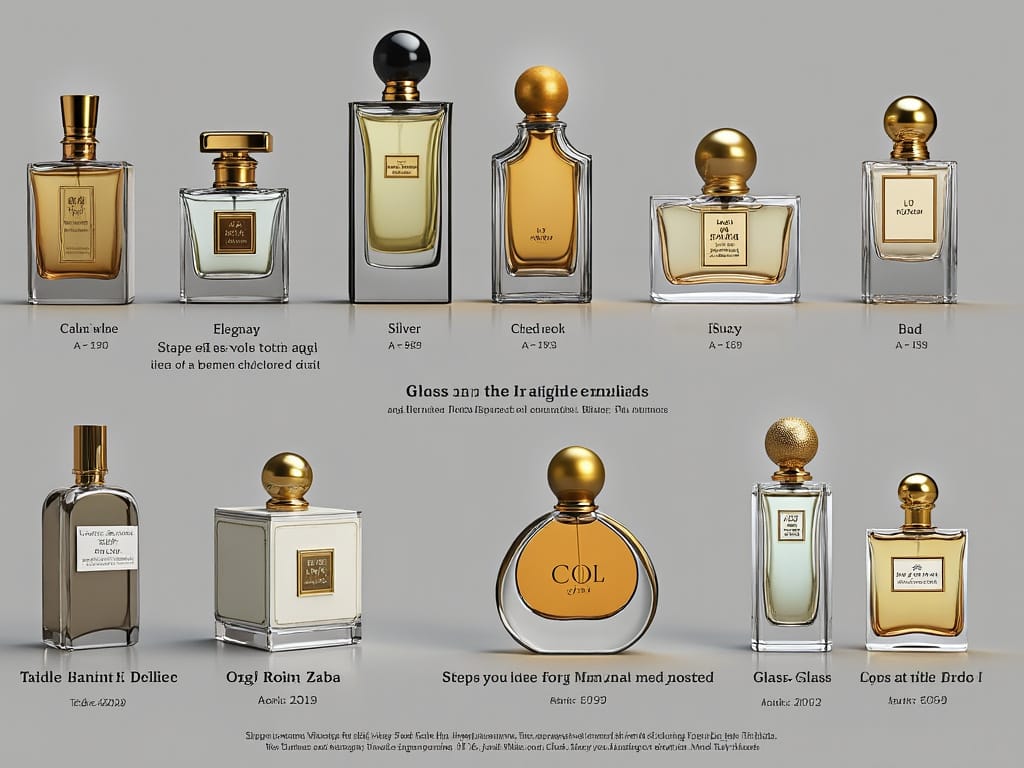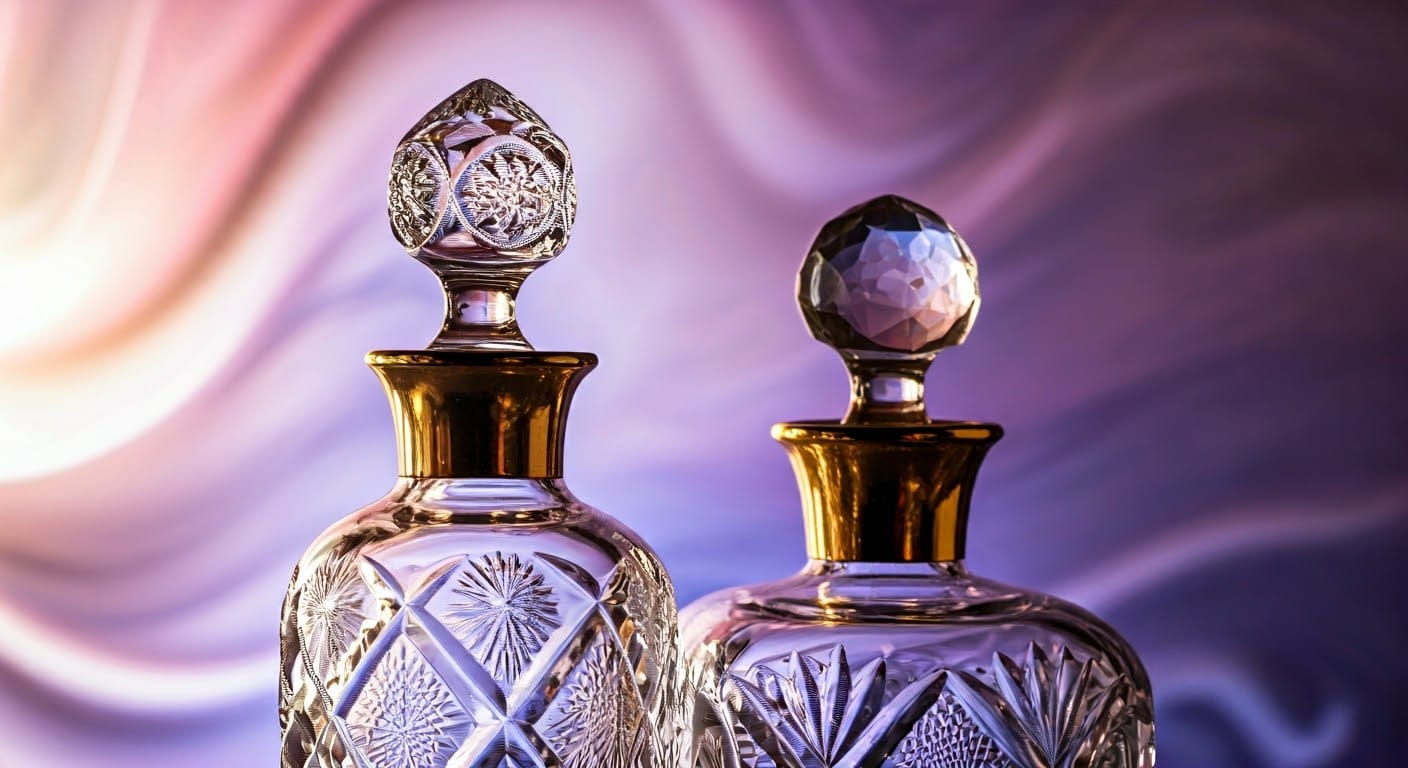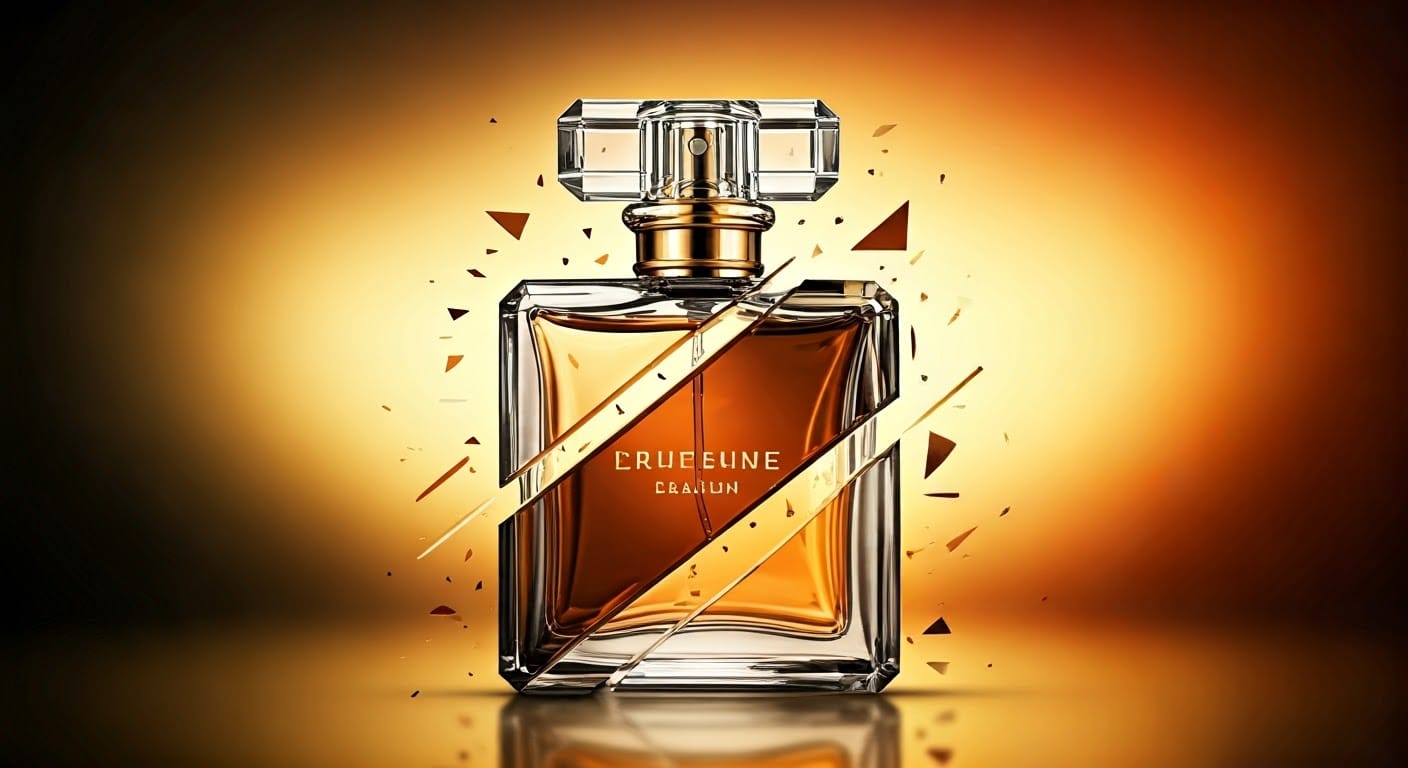The Science Behind Perfume Bottle Shapes

Introducing the Art of Scent: A Brief History
From the fragrant balms of ancient Egypt, used in religious rituals and as symbols of status, to the sophisticated concoctions of modern perfumeries, the history of perfume is a rich tapestry woven with cultural significance and artistic expression.1 Initially housed in rudimentary vessels crafted from natural materials like clay and stone, early perfume bottles were primarily functional, designed to contain and preserve precious aromatic oils and resins.2 These early containers, while simple in form, marked the beginning of a long and fascinating relationship between scent and its vessel.
The emergence of the modern perfume bottle as we know it today is largely attributed to the flourishing French perfume industry. As perfumery evolved into a refined art form, so too did the containers that held these olfactory masterpieces. The late 19th and early 20th centuries witnessed a shift towards more intricate and aesthetically driven designs. Glassmaking techniques advanced, allowing for the creation of elegant shapes, delicate curves, and ornate detailing. Renowned artists and glassmakers collaborated with perfume houses, transforming the humble bottle into an integral part of the perfume's identity, a visual representation of the scent within.3
The Shape of Smell: How Bottle Design Influences Fragrance

Beyond mere aesthetics, the design of a perfume bottle can subtly influence the perception and diffusion of the fragrance it holds.4 While the primary function remains containment, the shape and form of the bottle can play a role in the olfactory experience.5
Consider the impact of surface area. A wider bottle with a larger exposed surface area might allow for a slightly greater initial release of fragrance molecules compared to a tall, slender bottle with a smaller opening. The shape of the neck and the design of the atomizer also contribute to how the fragrance is dispensed, affecting the initial burst and the overall diffusion pattern when applied to the skin.6
Furthermore, the materials used in crafting the bottle can subtly interact with the scent. Glass, being inert, is the most common choice as it does not typically alter the fragrance's composition. However, the color of the glass can affect the longevity of the perfume by filtering out certain wavelengths of light that might degrade the fragrance over time. Crystal, with its added lead content, can offer a certain weight and brilliance, enhancing the perceived luxury of the product, though it doesn't inherently change the scent itself. Similarly, while less common for full bottles, ceramic elements might add a tactile and visual appeal, but their porous nature could potentially interact with the fragrance over extended periods if not properly sealed.
Ultimately, the design of a perfume bottle aims to create a holistic sensory experience. The visual appeal of the bottle, its tactile feel, and even the sound of the spray contribute to the overall perception of the fragrance.7 A beautifully crafted bottle can elevate the perceived value and desirability of the perfume, creating a powerful connection between the visual and olfactory senses.8 The artistry lies in harmonizing the bottle's design with the essence it contains, creating a cohesive and memorable experience for the consumer.9
Beyond the Bottle: The Chemistry of Perfume

While the bottle itself doesn't chemically alter the fragrance, understanding the science of scent provides a deeper appreciation for how the design can complement the olfactory experience. Perfume is a complex blend of volatile aromatic compounds, each with its own molecular structure that interacts with the olfactory receptors in our noses.10 These interactions trigger signals that our brain interprets as different scents.
A perfume's fragrance unfolds in stages, characterized by its top, middle, and base notes.11 The top notes are the initial, lighter molecules that evaporate quickly, providing the first impression.12 The middle notes, or heart notes, emerge as the top notes fade, forming the core of the fragrance.13 Finally, the base notes are the heavier, longer-lasting molecules that provide depth and longevity to the scent.14 The design of the bottle, particularly the tightness of the seal and the material's permeability, plays a crucial role in preserving the delicate balance of these notes and preventing premature evaporation.15
Evaporation is a key factor in the life of a perfume.16 Exposure to air can cause the volatile fragrance molecules to dissipate, altering the scent profile over time.17 A well-designed bottle with a tight-fitting cap minimizes this process, ensuring the integrity of the fragrance is maintained.18 Similarly, the material of the bottle can have a subtle impact on the rate of evaporation. While glass is generally impermeable, some plastics or poorly sealed containers might allow for a gradual loss of fragrance over time, affecting its concentration and intensity.
Modern Trends in Perfume Bottle Design: Innovation and Sustainability

Contemporary perfume bottle design is characterized by a fascinating interplay between innovation and a growing awareness of sustainability. The rise of minimalist design reflects a shift towards cleaner, more functional aesthetics.19 These bottles often feature simple geometric shapes, transparent glass, and minimal labeling, allowing the focus to remain on the fragrance itself.20 This trend emphasizes understated elegance and a sense of purity.
In parallel, the perfume industry is increasingly embracing sustainable practices. This includes the use of recycled glass and other eco-friendly materials in bottle production. Innovative packaging solutions that minimize waste and utilize biodegradable components are also gaining traction. Brands are exploring refillable bottle designs, encouraging consumers to reuse their existing containers and reduce their environmental footprint. This move towards sustainability reflects a broader societal concern for environmental responsibility and a desire to minimize the impact of consumer products.
Looking towards the future, perfume bottle design is ripe for further innovation. We might see the integration of interactive technology, such as smart caps that provide information about the fragrance or even allow for personalized scent adjustments. The concept of personalized scents could also influence bottle design, with modular or customizable containers that reflect the unique blend within. Advances in materials science could lead to new bottle materials with enhanced protective properties or even scent-diffusing capabilities.
The Art of Scent: A Collector's Perspective

For many, perfume bottles transcend their utilitarian function, becoming objects of beauty and desire in their own right.21 Vintage perfume bottles, with their intricate designs, handcrafted details, and often rich history, hold a particular allure for collectors.22 These antique vessels offer a glimpse into past eras, reflecting the artistic styles and cultural values of their time.23 Their rarity and craftsmanship often make them valuable and cherished possessions.
Beyond their aesthetic appeal, perfume bottle design plays a crucial role in shaping a brand's identity and telling its story.24 The visual language of the bottle – its shape, color, texture, and ornamentation – communicates the essence of the fragrance and the values of the brand.25 A bold, angular bottle might suggest a powerful and modern scent, while a delicate, floral-shaped bottle could evoke a more romantic and feminine fragrance. The bottle becomes an extension of the brand's narrative, contributing to the overall perception and desirability of the perfume.26
In conclusion, the journey of the perfume bottle, from its humble beginnings to its current status as a design object, reflects the enduring human fascination with scent and beauty. These vessels are more than just containers; they are artifacts that embody history, science, art, and our sensory experiences. The enduring legacy of perfume bottles lies in their ability to capture not only precious fragrances but also the imagination and aspirations of generations. They stand as a testament to the power of design to elevate the everyday and transform a simple necessity into a cherished work of art.